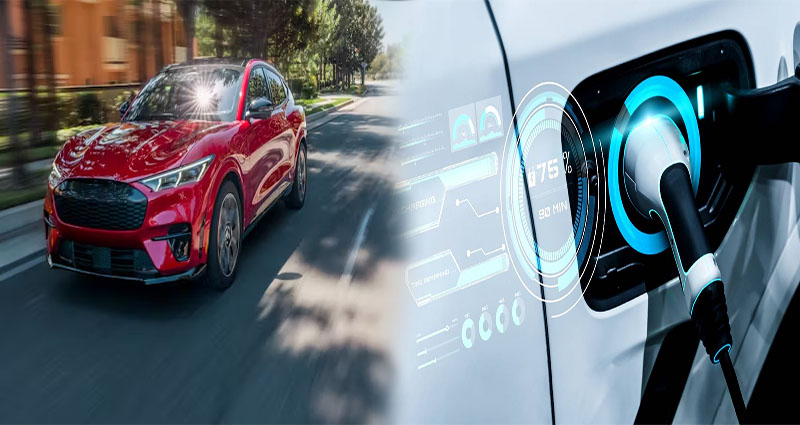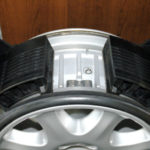With the growing popularity of electric vehicles (EVs), it is important to understand how their performance compares to traditional gasoline vehicles. One aspect that is often overlooked is their cornering capabilities. While traditional gasoline vehicles have long been praised for their ability to handle corners, electric cars are quickly catching up in this department. Let’s take a closer look at how electric car cornering capabilities stack up against their gasoline counterparts.
Electric cars have a few distinct advantages when it comes to cornering. One of the key factors contributing to their superior cornering capabilities is their low center of gravity. Electric vehicles typically have their battery packs located at the bottom of the car, resulting in a lower center of gravity compared to traditional gasoline vehicles. This weight distribution lowers the possibility of body roll during cornering, allowing for a more stable and controlled driving experience.
Furthermore, electric cars often have advanced torque vectoring systems. Torque vectoring is the ability to precisely control the amount of torque applied to each wheel individually. This technology enables electric vehicles to distribute power effectively, maximizing traction and improving cornering performance. By regulating torque to the wheels, electric cars can maintain better stability, grip, and control, ultimately enhancing their overall cornering capabilities.
Another advantage of electric cars is their instant torque delivery. Unlike gasoline vehicles that need to rev up their engines to generate torque, electric cars provide maximum torque from standstill. This instantaneous torque allows for quick and responsive acceleration out of corners. The immediate power delivery gives electric cars an edge in terms of agility and acceleration, resulting in enhanced cornering capabilities.
However, it is important to note that gasoline vehicles still have their strengths in cornering capabilities. The high-revving engines in traditional cars can produce a thrilling and engaging driving experience, especially for driving enthusiasts. Gasoline vehicles often offer different drive modes, such as sport or track mode, which can further enhance their cornering performance. Additionally, some gasoline sports cars are engineered with advanced suspension systems and aerodynamics, providing superior handling on challenging roads and racetracks.
Electric cars are closing the gap when it comes to cornering capabilities compared to traditional gasoline vehicles. Their low center of gravity, torque vectoring systems, and instant torque delivery contribute to their impressive cornering performance. However, gasoline vehicles still have their advantages, particularly in terms of engine responsiveness and specialized sports car features. Both technologies continue to evolve, and we can expect to see even more improvements in cornering capabilities in the future, regardless of the type of vehicle you choose to drive.











